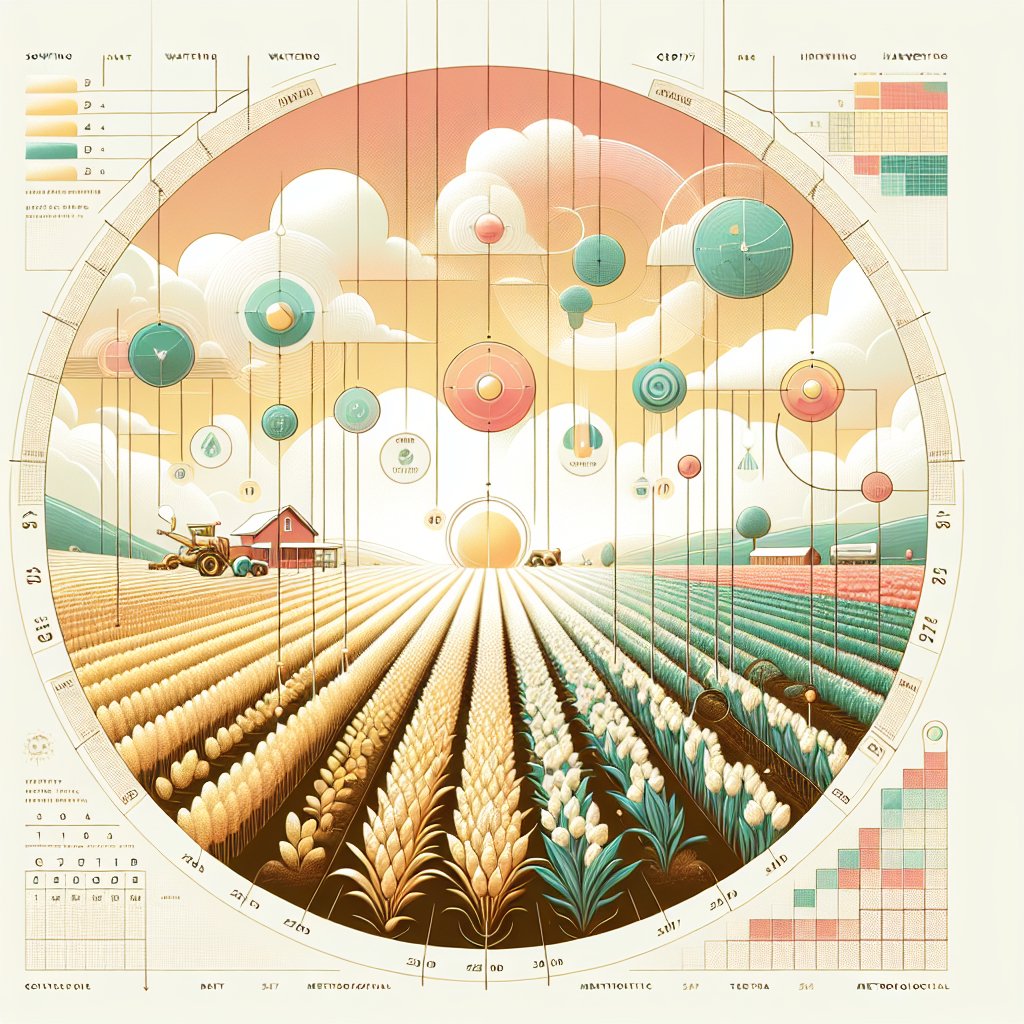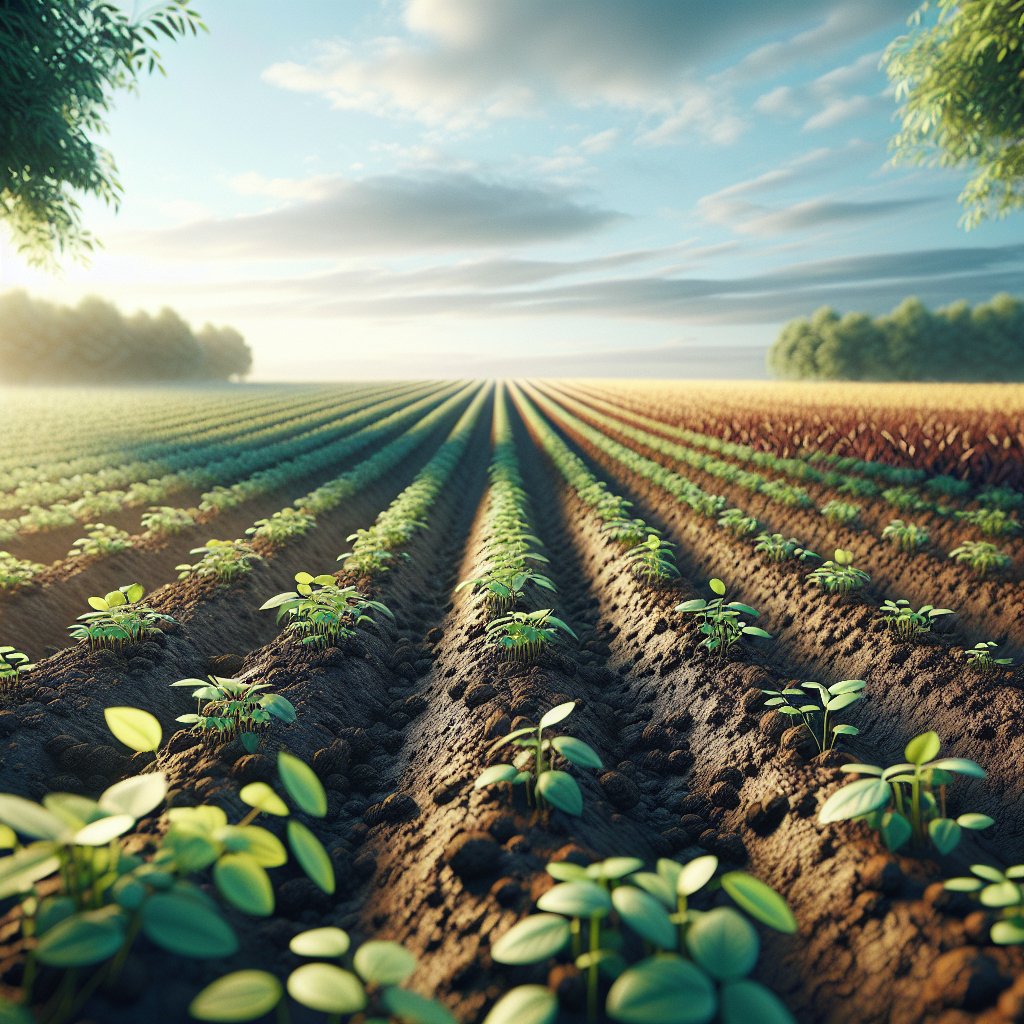Hydroponics has emerged as a transformative approach to vegetable cultivation, offering farmers and urban growers a pathway to higher yields and resource optimization. By eliminating soil and relying on precise control of water and nutrient delivery, hydroponic systems can dramatically improve crop productivity while minimizing waste. This article explores the scientific foundations, diverse system designs, advanced strategies, and future prospects of hydroponic vegetable production, with a focus on maximizing efficiency and supporting sustainable agricultural practices.
Principles of Hydroponic Cultivation
At the core of hydroponic farming lies the principle that plants can thrive when their roots receive a balanced solution of essential minerals dissolved in water. By tailoring the concentration of nutrient ions—such as nitrogen, phosphorus, potassium, and key micronutrients—growers can boost plant health and accelerate growth rates. Eliminating soil reduces the risk of pests and pathogens, promoting cleaner, more controlled environments.
Essential Components of the Nutrient Solution
- Macronutrients: Nitrogen (N), Phosphorus (P), Potassium (K) for leaf growth, energy transfer, and root development.
- Secondary nutrients: Calcium (Ca), Magnesium (Mg), Sulfur (S) to support cell structure and enzyme activation.
- Micronutrients: Iron (Fe), Manganese (Mn), Zinc (Zn), Copper (Cu), Molybdenum (Mo), Boron (B) for critical metabolic functions.
- pH Management: Maintaining a pH range of 5.5–6.5 ensures optimal solubility and uptake of minerals.
Oxygenation and Root Health
Roots require both water and oxygen to absorb nutrients effectively. In hydroponic setups, automation of oxygen delivery—through air pumps, aeration stones, or turbulent flow—prevents hypoxia and encourages robust root development. Adequate dissolved oxygen can increase root respiration, enhance nutrient absorption, and limit the growth of anaerobic pathogens.
System Types and Design Considerations
Hydroponic systems vary in complexity, scalability, and investment cost. Selecting the right setup depends on crop type, available space, water quality, and management skills. The most common configurations include:
- Drip Systems: Emit a continuous or intermittent flow of nutrient solution over the root zone, then recycle excess back to the reservoir.
- Nutrient Film Technique (NFT): A thin film of flowing solution runs through channels, providing constant moisture and oxygen access.
- Deep Water Culture (DWC): Plants are suspended in a nutrient-rich reservoir with roots immersed in oxygenated water.
- Ebb and Flow (Flood and Drain): Periodic flooding of the grow tray followed by drainage allows roots to access air between cycles.
- Aeroponics: Fine nutrient mist sprays directly onto exposed roots, maximizing oxygen exposure and resource use efficiency.
Comparative Analysis of Performance Metrics
Evaluating hydroponic designs involves metrics like water use efficiency (WUE), nutrient use efficiency (NUE), yield per unit area, and energy consumption. Aeroponic and NFT systems often excel in water conservation, using up to 90% less water than soil-based agriculture. However, these methods demand precise automation and continuous power supply. DWC systems are simpler and offer stable conditions but may require larger reservoirs and backup aeration systems to prevent root asphyxiation.
Advanced Strategies for Maximizing Productivity
Technological innovation has propelled hydroponic vegetable production into the realm of precision agriculture. Integrating sensors, climate control, and data analytics allows growers to fine-tune environmental parameters—light spectrum, temperature, humidity, and CO2 concentration—to align with plant developmental stages. Real-time monitoring systems can detect nutrient imbalances, water temperature shifts, or microbial threats, triggering corrective actions automatically.
Lighting and Climate Management
- LED Grow Lights: Adjustable spectra boost photosynthesis and promote compact growth. Red and blue wavelengths are tuned for leaf expansion and flowering.
- Climate Control: Heating, ventilation, and cooling (HVAC) systems maintain stable temperature and humidity, reducing plant stress and disease incidence.
- CO2 Enrichment: Elevated carbon dioxide levels (1,000–1,200 ppm) can increase photosynthetic rates and improve productivity, particularly in enclosed greenhouses.
Integration with Renewable Energy
Powering hydroponic operations sustainably involves coupling greenhouse and indoor farms with solar panels, small-scale wind turbines, or biomass generators. Solar-driven pumps and LEDs reduce dependence on grid electricity, lower carbon footprints, and support distributed food systems. Some advanced facilities capture waste heat and CO2 from nearby industrial processes, channeling both into the hydroponic environment to boost growth.
Economic and Environmental Considerations
While hydroponic cultivation can demand higher initial capital—due to equipment, sensors, and climate control infrastructure—it often yields a faster return on investment through higher crop cycles per year and reduced pesticide costs. Key economic factors include:
- Capital Expenditure (CAPEX): Construction of greenhouse or indoor facilities, lighting arrays, irrigation hardware.
- Operating Expenditure (OPEX): Energy, nutrient solutions, labor, maintenance of pumps and filters.
- Market Premiums: Locally grown, pesticide-free produce can command higher prices, especially for specialty greens and vine crops.
- Scalability: Modular systems enable growers to expand production in phases, matching market demand.
From an environmental perspective, hydroponics can significantly reduce land use, mitigate soil degradation, and minimize agricultural runoff. By capturing and recirculating nutrient solutions, hydroponic farms lower the risk of water pollution, protecting local waterways and ecosystems.
Challenges and Future Directions
Despite its transformative potential, hydroponic agriculture faces technical hurdles and knowledge barriers. Technical staff must maintain precise nutrient balances, monitor for root diseases like Pythium and Fusarium, and calibrate sensors regularly. Initial setup costs and energy requirements can be prohibitive in regions without reliable power or capital financing.
Future research is focusing on:
- Breeding crops specifically adapted to soilless systems, with compact root structures and optimized nutrient uptake.
- Advancing AI-driven control platforms that learn from data patterns to predict and preempt stress events.
- Developing closed-loop systems that integrate sustainability metrics, renewable energy storage, and waste valorization (e.g., converting plant residues into compost or biochar).
- Enhancing microbial consortia to protect plant health, support nutrient cycling, and reduce reliance on chemical disinfectants.
By addressing these challenges, hydroponic vegetable production stands to redefine modern agriculture, offering increased yield, improved food security, and a smaller environmental footprint. Embracing continuous innovation and cross-disciplinary collaboration will be key to unlocking the full potential of soilless farming systems worldwide.



